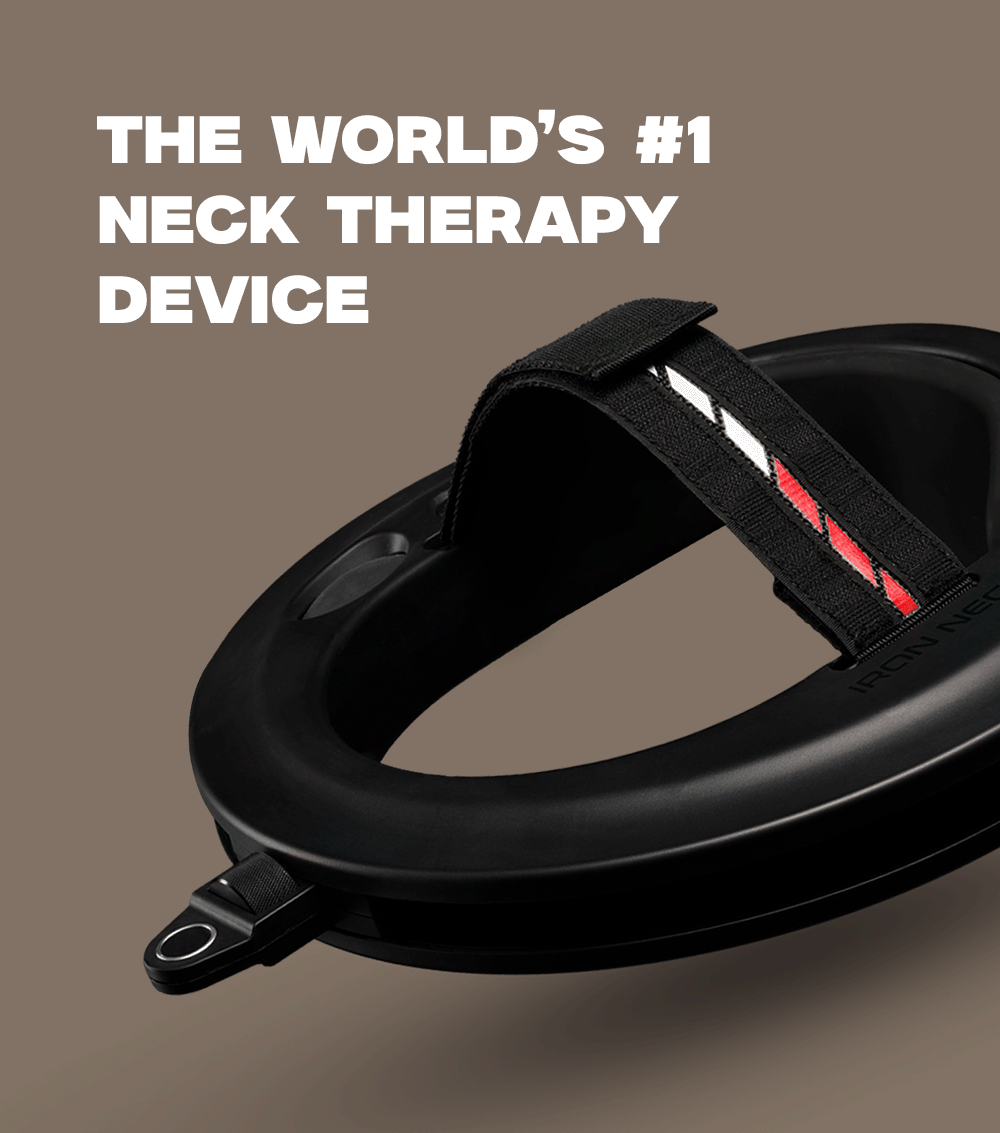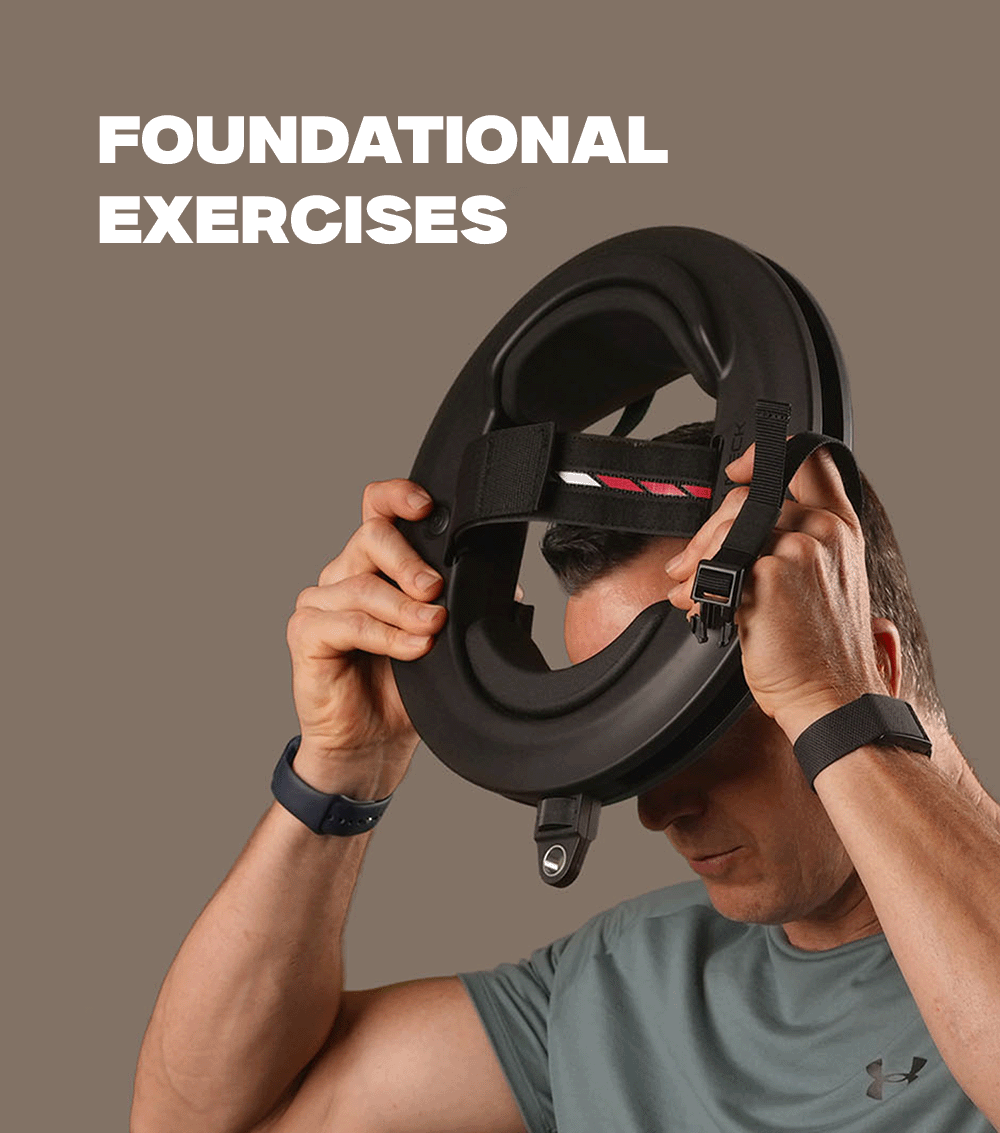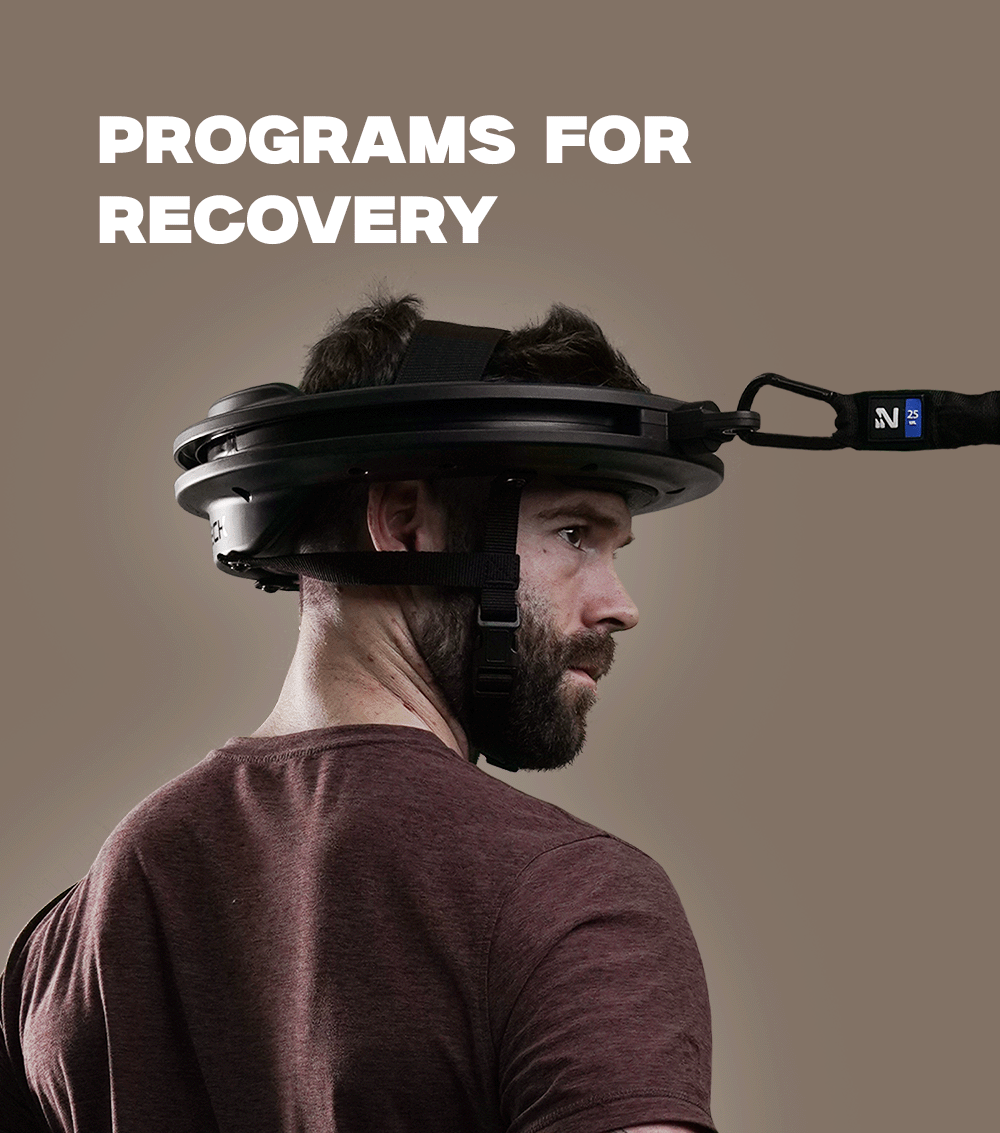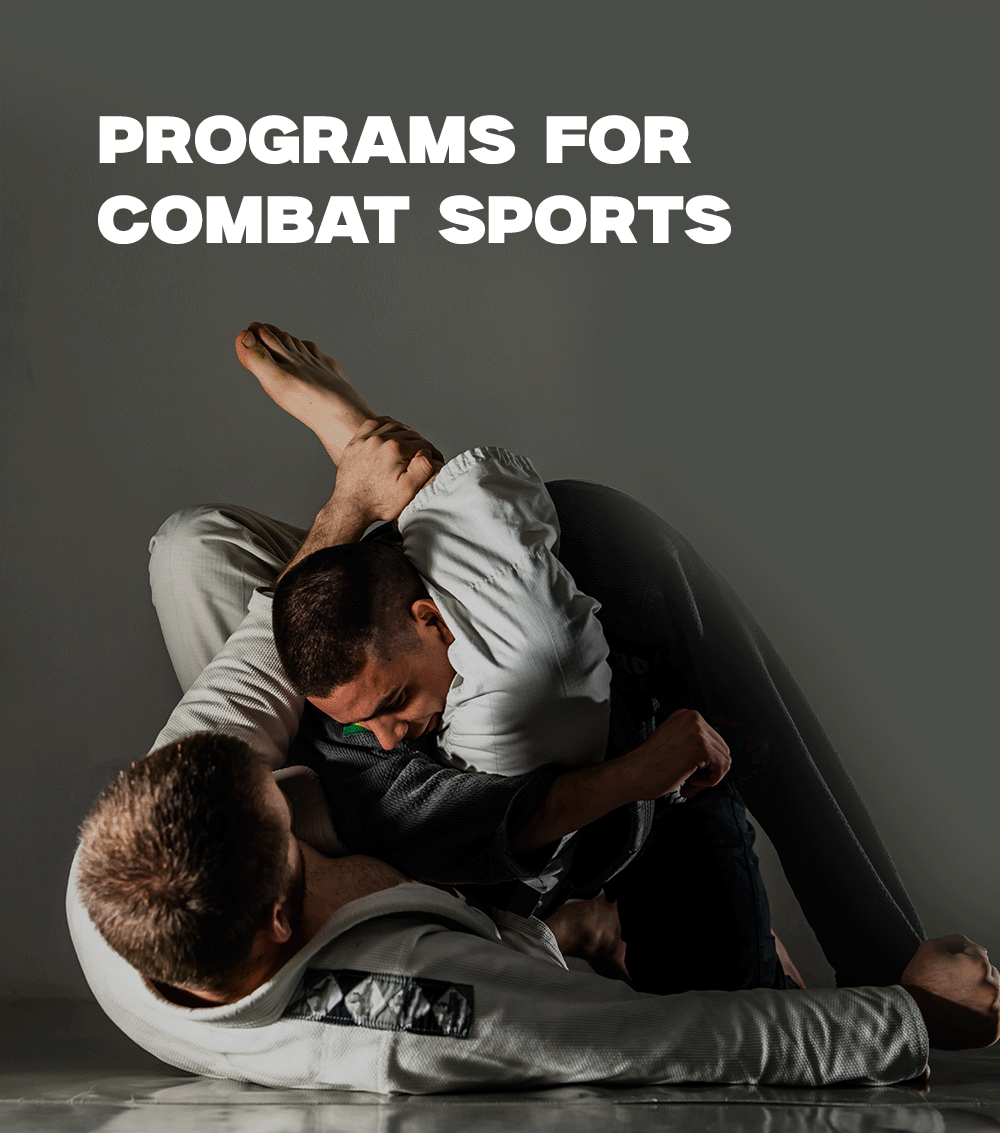*record scratch*"Yeah, that's me. You might be wondering how a college baseball player found himself about to hit the ground head first going down a hill in the middle of nowhere. Well, let's go back a few years."
On second thought, we'll leave the screenplay to college baseball player turned professional ultrarunner turned gravel cyclist Nico Barraza. We'll do what we can to write the treatment for his film, as we look ahead to being part of the treatment for his ongoing recovery from a Grade III (or higher, depending on how far you extend out the scale) acromioclavicular joint separation.
Athlete journey from the diamond to the mountains
Barraza was an "athlete nerd" (his term) on the baseball team at San Diego State. "I didn't have a normal college life. Wake up at 4am, go to weights with the team, study environmental engineering. Full-on athlete life." For most those four years, he had every intention of playing professional baseball. But by the end of college, baseball wasn't filling the need.
About a year after graduating, Nico discovered ultrarunning. Physically and mentally, it was a shock.
"Pursuing endurance is a lot different than pursuing a power sport and a team sport. I was 220 pounds while playing baseball, squatting and lifting a lot. I cut down to 160 to be an ultrarunner. I missed the team atmosphere in a lot of ways, but the endurance community is both a close-knit community but still inherently selfish and cutthroat at the top levels."
@thatbarrazaboy
Barraza pushed himself up the ranks of the world ultrarunning scene, netting endorsements from La Sportiva, Salomon and HOKA One One. His weeks as a full-time runner contained about 100 miles over 20-25 hours, lifting weights 2-3 times per week, full-body mobility, stretching and meditating. "They're not flat miles like for a marathoner," he adds. "You train for the course of the race you'll be doing, not just put in the mileage."
Eventually, he wanted something new, but not too new. He stayed with endurance in the mountains, but this time on two wheels instead of two feet. Barraza took up gravel cycling, and a ride in 2019 is where our story started.
Head-first into severe brain, neck and shoulder injuries
Barraza was going down a mountain trail at 39 miles per hour when a bike malfunction sent him over the handlebars. He landed on the right side of his head and shoulders, fully separating his shoulder and inducing a traumatic brain injury (TBI).
The impact tore the acromioclavicular and coracoclavicular ligaments, the two ligaments that position the clavicle on the scapula, connecting the neck and sternum to the shoulder; along with the cartilage that separates the clavicle from the scapula. When these structures tear, there's not much to hold anything in place. The weight of the arms pulls the unconstrained scapula, and the clavicle goes up at an angle because it's anchored at one end and loose at another.
"When I hit the ground, the clavicle popped up and my scapula was winging," he recalls.
Barraza needed surgery to repair the joint (including an allografted hamstring tendon), followed by physical therapy, acupuncture, strength and mobility training... "everything."
The surgery corrected his anatomy, the passive structures, but, despite all the work he's done over the last year, the muscles of his neck and upper shoulders on the right side still lag those on the left. They are asymmetrical in size, tone, function and activation patterns. "Parts of my upper neck and trap have fallen asleep." He still feels tightness in his neck, particularly at the site of the graft and near his right ear. "I grew up boxing and, when I go to hit the bag now, any sharp movements bring this sharp pain in my neck and down into the shoulder."
Balancing neck and shoulder function with the Iron Neck
Like a lot of people, Barraza found the Iron Neck via Joe Rogan. "I'm totally a no bulls**t kind of person, and Rogan is pretty no bulls**t, too. I'm only going to use something if it works. Here I have an injury that's pretty unique to cyclists and MMA fighters - people who have hit the ground really hard straight on their shoulder - and Rogan's talking about the Iron Neck."
Barraza has two main goals for bringing the Iron Neck into his strength training and rehab.
First, he wants the physical appearance and basic movement of the right and left traps to be as symmetric as possible. He thinks he has equal mobility on the two sides, but the right does not move as fluidly as the left and is still atrophied relative to the left. Second, he wants to overcome the residual tightness on the right side. Whether he's running, climbing, doing a handstand pushup or boxing, he wants to get to the point where the right side no longer feels like a once-seriously injured gaggle of muscles and joints.
His plan is to ease neck training into his current routine: start with the foundational six exercises every other day. Keep the intensity light and the volume low, because he knows his right side is behind the curve and that the Iron Neck will provide a highly unusual stimulus to all the muscles involved. As the muscles start to wake up and "remember" how to move, he plans to shift the basic movements into his warmup routine and then making targeted strength exercises a central part of his training.
He thinks he can get close to 99% of his pre-injury function. Delivering a targeted stimulus to the muscles of the neck and upper shoulders should activate them in a way that other forms of strength or mobility training cannot. Other Iron Neck users say that basic function and mobility increases after the first few sessions, quickly unlocking the ability to build strength by increasing the volume and tapping other aspects of coordination by layering the Iron Neck atop full-body movements.
We'll be checking in with Nico Barraza over the next few months to see how he's coming along, learn from his experiences and share what he has come with. It's up to him if he wants to make a bio-doc about it.
If you, a client or an athlete has an injury that could use that extra something else to restore full function in the neck and shoulders - or where a stimulus at the neck could progress rehab elsewhere in the body - let us know!






